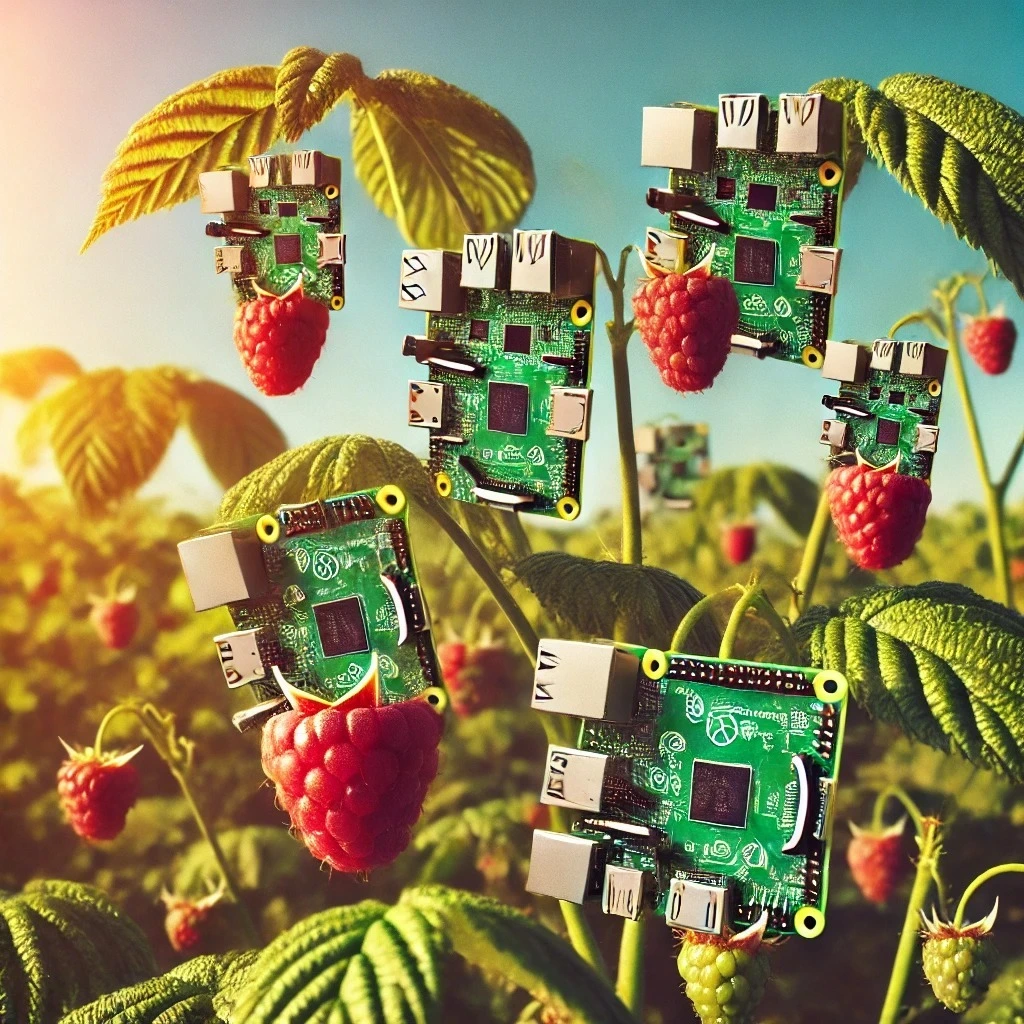5184+ reviews
Order by 16:00 for same day shipping
14 days return
DE
EN
Individual
Business
5184+ reviews
Order by 16:00 for same day shipping
14 days return
DE
EN
Individual
Business

Lost in the raspberry fields
We couldn't find the page you were looking for.